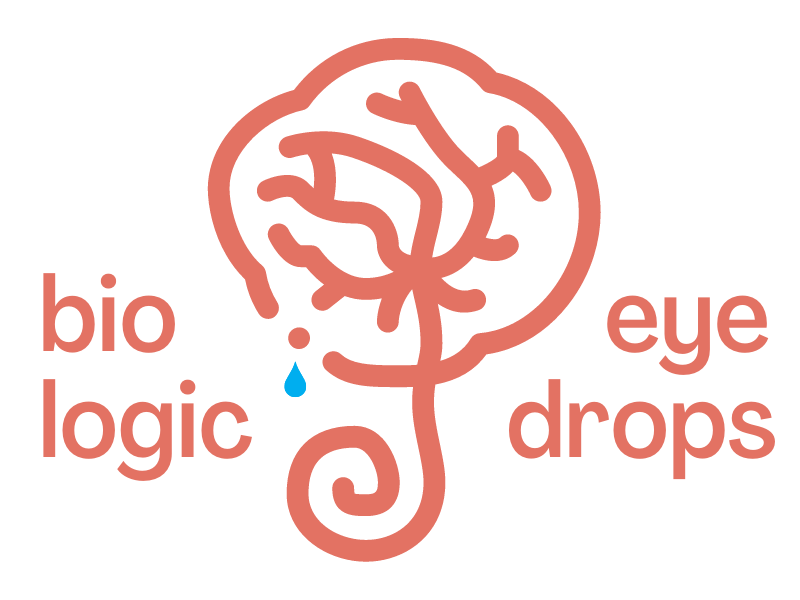May 16, 2022
ALERT
Eye drops containing proteins derived from human reproductive tissue or fluid and commercialized for treatment of ocular surface disease
Dear Eye Care Professional:
This open letter pertains to certain eye drops which are being commercialized for treatment of ocular surface diseases (e.g. dry eye disease) and which are typically described as “placenta eye drops” or “amniotic fluid eye drops” or “biologic eye drops”. For convenience, we will refer to such eye drops, individually and collectively, as Drug X.
We urge you to consider the following questions about Drug X. Sooner or later, one of your patients will learn about Drug X on social media or will be offered the eye drop by another provider and will seek your guidance. Perhaps you are currently considering or actively recommending Drug X for your patients.
QUESTION 1: Is Drug X FDA approved?
If you do not know, please ask the CBER Product Jurisdiction Office by emailing CBERProductJurisdiction@fda.hhs.gov or calling 240-402-7912.
CBER is the Center for Biologics Evaluation and Research, the division of the FDA tasked with overseeing biologics. As an example of a CBER-regulated drug, Oxervate (a recombinant human nerve growth factor) was FDA approved in 2018 for neurotrophic keratitis via CBER’s BLA (Biologic License Application) process, which is the biologics equivalent of an NDA (New Drug Application).
Here are some additional clarifying questions that you may find helpful, since many interesting myths are circulating about the regulation of biological drugs:
Is Drug X a drug, legally speaking?
Is Drug X under CBER’s jurisdiction?
Could Drug X [which is described by the manufacturer as containing biological substances] be legally commercialized as an OTC eye drop?
Could Drug X qualify as an exempt HCT/P [which, though subject to regulation, are exempt from the drug approval process]?
Could Drug X somehow be considered a cosmetic?
QUESTION 2: Does the packaging and labeling of Drug X appear to be safe and appropriate for patient use?
In the case of one widely distributed brand of Drug X, we observed (among other things) the following:
No disease indication is listed on the product packaging or insert.
Active and inactive ingredients are not listed on the package or insert. The insert states that it contains “sterile ophthalmic solution” and “sterile saline”. We found a Daily Med page stating that the active ingredient is glycerin, but this information was not stated on the package or insert.
Despite being labeled as preservative-free, it was packaged in a multi-dose bottle with no filtration mechanism to prevent contamination of the contents of the bottle after opening, and no instructions were provided (on bottle, box or insert) indicating how long the bottle may be safely used after opening. In our experience, there are no precedents for this type of multi-dose bottle in the PF OTC ophthalmic space, let alone biologic ophthalmic drugs.
Given such possibilities, if your patient mentions they are using a “biological” or “natural” eye drop which you did not recommend and you are not familiar with, please consider suggesting that they bring the product and its packaging to their next appointment.
If you are currently recommending Drug X or considering doing so, but are not thoroughly acquainted with its packaging, you may want to order a sample bottle and personally inspect the packaging before it is opened, and also check the temperature of the bottle contents if it was shipped with cold packs.
QUESTION 3: Do you know where to refer patients for more information about Drug X?
The CBER jurisdiction officer recommended that we provide patients with the following contact information if they have any questions or concerns about the regulatory status of a biologic eye drop.
CBER Office of Communications
Telephone: 800-835-4709 or 240-402-8010 option 1
Email: ocod@fda.hhs.gov.
QUESTION 4: Do you know where to refer patients who want to report a problem with Drug X?
The FDA relies on the public to report problems with drugs. If your patient has a complaint about Drug X, they can report it to the FDA at https://www.fda.gov/safety/medwatch.
The FTC relies on the public to report false advertising claims. If you or your patient has a complaint about the marketing of Drug X, that can be reported to the FTC at reportfraud.ftc.gov.
—--------------------------------------------
We know that you understand the chronic frustration, often mounting to desperation, in our ocular surface disease and ocular surface pain patient community. We appreciate your commitment to us. We are all eager for innovation. And we are eager for treatment options that help more and hurt less.
But our need for increased safety and efficacy is best served through transparency and accountability in the development, review and marketing of new drugs of all kinds. And we do not want our community’s desperation exploited for profit through the sale of unstudied, unproven, unregulated substances posing as legitimate treatments of disease.
Unapproved regenerative medicine treatments are multiplying faster than regulatory authorities can respond with enforcement action, as was highlighted in an ARVO symposium we attended just last month. Manufacturers are increasingly adept at creating the appearance of legitimacy by mimicking the marketing apparatus of approved drugs, such as articles and advertisements in trade journals, sponsorships and booths at trade events, and endorsements by key opinion leaders in optometry and ophthalmology.
We need your expert guidance to help us sort wheat from chaff, clinical trial from anecdote, peer review from white paper, safe from unsafe, and approved from unapproved, so that we can make informed decisions about the potential benefits and risks of ‘natural’ sounding treatment options.
Yours very sincerely,
Rebecca Petris
President

